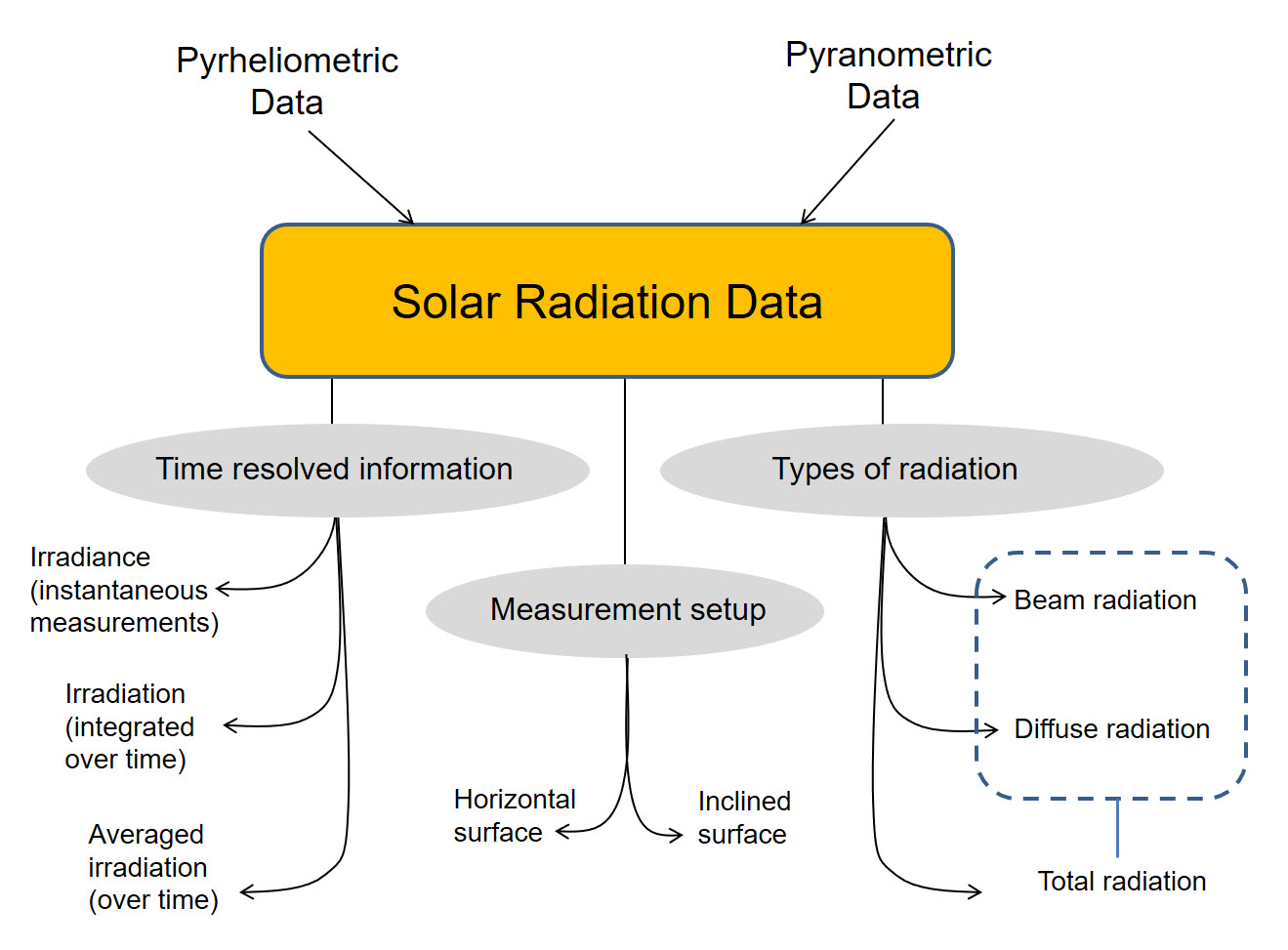Source: Solargis
The Importance of Sunlight in Photovoltaic System Design
When designing a photovoltaic system, one of the crucial factors to consider is the amount of sunlight available in a specific location at a particular time. Sunlight is the primary source of energy for solar panels, making it essential to optimize the system’s efficiency.
Solar Irradiance
Solar irradiance is the power per unit area received from the Sun in the form of electromagnetic radiation. It is a key parameter in determining the energy output of a photovoltaic system. The amount of solar irradiance varies depending on factors such as geographical location, time of day, season, and weather conditions.
Impact on System Performance
The availability of sunlight directly impacts the performance of a photovoltaic system. Insufficient sunlight can result in reduced energy production, affecting the overall efficiency of the system. Therefore, understanding the sunlight conditions in a specific area is crucial for designing an effective and reliable solar power system.
Optimizing System Design
By analyzing the sunlight data for a particular location, designers can optimize the orientation and tilt angle of solar panels to maximize sunlight exposure throughout the day. This ensures that the system operates at peak efficiency, ultimately leading to higher energy output and cost savings.
Conclusion
In conclusion, sunlight plays a critical role in the design and performance of photovoltaic systems. By considering the amount of sunlight available in a given location, designers can create more efficient solar power systems that harness the full potential of solar energy.

Source: Dutton Institute – Penn State
